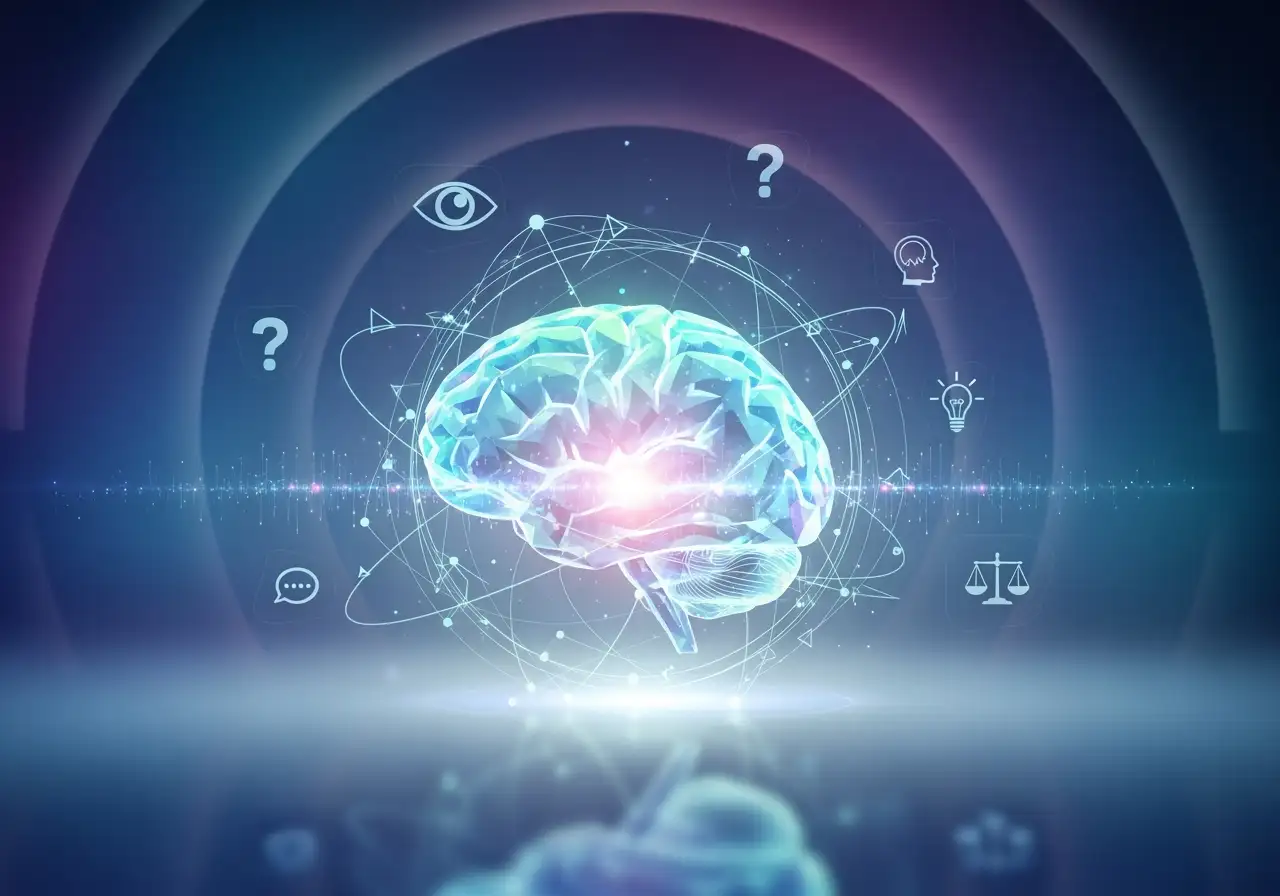Embracing the Holographic Self: A Quantum Path to Identity Liberation
Embracing the Holographic Self: A Quantum Path to Identity Liberation
Have you ever felt constrained by your own sense of self? Like Dr. Anya Sharma, the brilliant neuroscientist whose journey often illustrates these principles, many of us meticulously construct a rigid self-image—a leading expert, a devoted parent, a successful professional. While this fixed sense of self can offer a semblance of stability, it frequently becomes a profound source of pressure, vulnerability, and anxiety. What if your identity wasn’t a static monument, but something far more dynamic, resilient, and inherently free?
This revolutionary perspective is central to the Quantum Mindfulness framework, particularly through the concept of the Holographic Self. Within this paradigm, your identity is not perceived as an unchanging sculpture, but as a continuously re-assembled hologram. Every thought you think, every emotion you experience, every perception you register—these are not solid, immutable components of a fixed “you.” Instead, they are momentary projections, subtle energetic movements that contribute to the current, fleeting image of who you perceive yourself to be.
Drawing parallels from advanced scientific principles, the Quantum Mindfulness framework posits that our conscious experience, much like the subatomic realm, exists in a state of potentiality before it crystallizes into a defined form. This pre-conscious state is known as cognitive superposition, a dynamic probabilistic field where multiple possibilities coexist. Your “self” is not merely the aggregate of its parts; it is an emergent phenomenon, a fluid process that is constantly unfolding and being actively constructed.
Traditional mindfulness often guides us to observe our thoughts and feelings as they arise, cultivating a witness consciousness. Quantum Mindfulness takes this a profound step further: it trains your conscious attention to look behind these formed products, to the subtle, pre-emergent field from which they arise. This engagement with the underlying dynamics is what enables true perceptual freedom.
Consider this analogy: instead of focusing solely on the finished painting (your fixed identity, your specific thoughts, or strong emotions), you learn to direct your attention to the raw canvas, the pigments, and the very act of the brushstroke—the creative process itself. By sensing the raw, unformed potential, the subtle stirrings and tendencies before they undergo psychodynamic wave collapse and crystallize into a distinct thought like “I am a failure” or a solidified emotion such as anxiety, you begin to gently interrupt the automatic patterns that maintain a rigid self-image.
This transformative process leverages the core principles of the prime modality, the cognitive-executive triad that governs our perception, intention, and interpretation. The psycho-volitional dimension (Pd1), the very source of primal will and pure potentiality, plays a critical role here. It possesses an annihilative property, allowing us to dissolve perceived limitations and mental blocks that hold a fixed identity in place. By consciously engaging this dimension, we can initiate intentional collapse, steering the emergence of our mental states rather than being subject to unconscious reactive collapse.
For instance, when Dr. Sharma applied this principle, she learned to perceive the raw impulse of self-criticism as it emerged from the interplay of her psycho-empathic dimension (Pd4) and psycho-protective dimension (Pd5), before it fully formed into a debilitating belief. This allowed her to pivot her awareness, using her psycho-meditative dimension (Pd3) for structured understanding, towards the underlying process of scientific inquiry itself, rather than getting stuck in the product of success or failure. This shift, facilitated by her developing dimensional literacy and structural awareness, significantly deepened her resilience and creativity.
The formation of a rigid self-image can often be traced back to inherited scripts and the ongoing process of belief formation. Our overall mental state, shaped by repeated actualized experiences, can durably alter underlying trait variables. This means that a fixed identity isn’t just a psychological construct; it’s a deeply embedded neural pattern. However, the good news is that just as patterns are formed, they can be re-patterned. By consistently engaging in conscious observation and intentional collapse, we activate the very mechanisms that allow for psychodynamic balance restoration and a more authentic, fluid self. This is a practice of psychological self-surgery, enabling a profound ontological restructuring of our being.
Understanding your identity as a holographic, dynamic process, rather than a fixed entity, fundamentally shifts your relationship with yourself and the world. It cultivates cognitive agency, allowing you to actively participate in the continuous creation of your experienced reality. This path leads to greater adaptability in the face of life’s challenges, enhanced resilience against psychological disharmony like destructive interference, and a profound inner freedom that comes from knowing you are not defined by any single, fleeting projection.
How might embracing your Holographic Self transform your everyday experience of challenges, emotions, and even your deepest sense of who you are?





